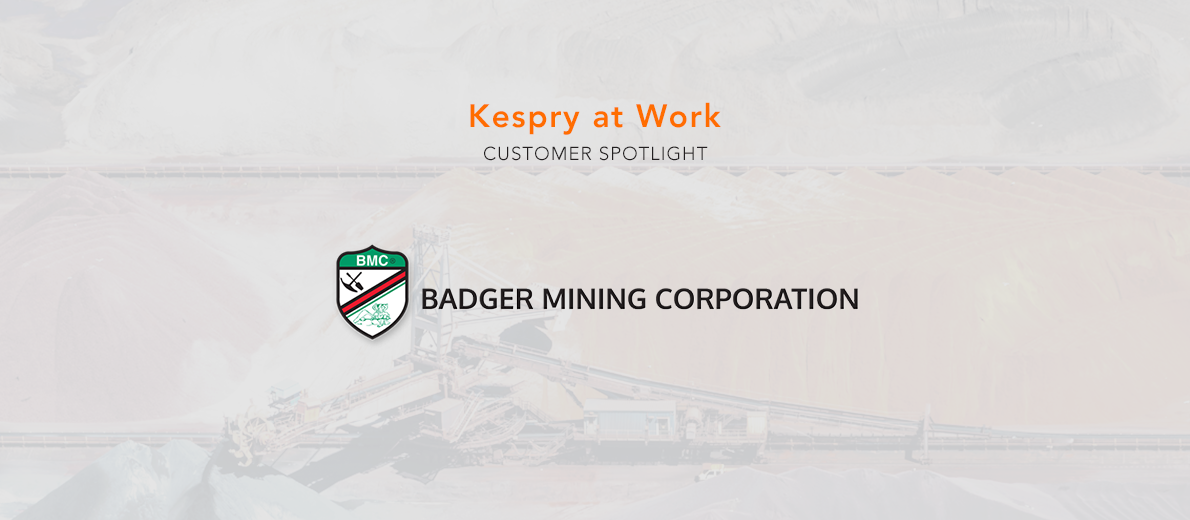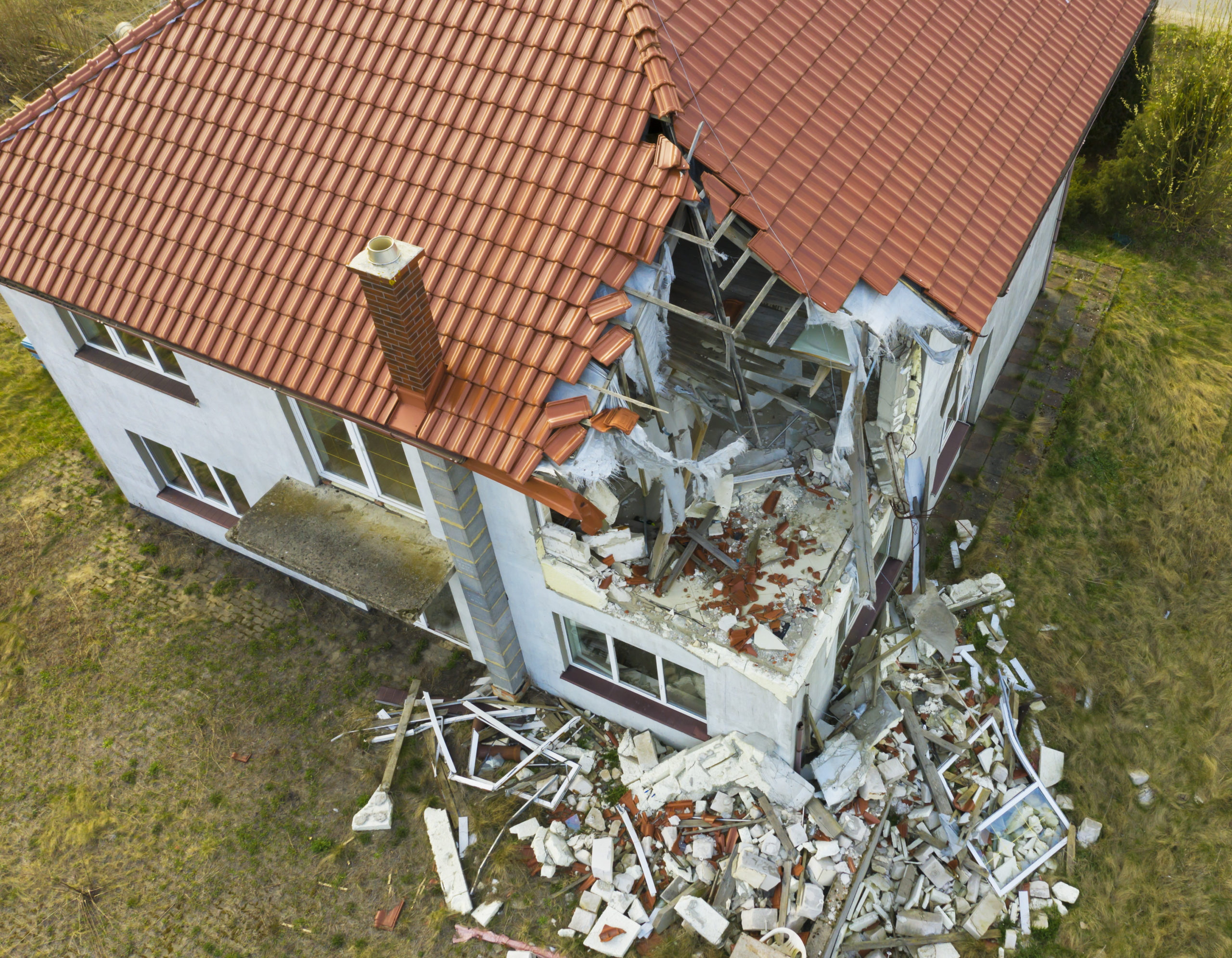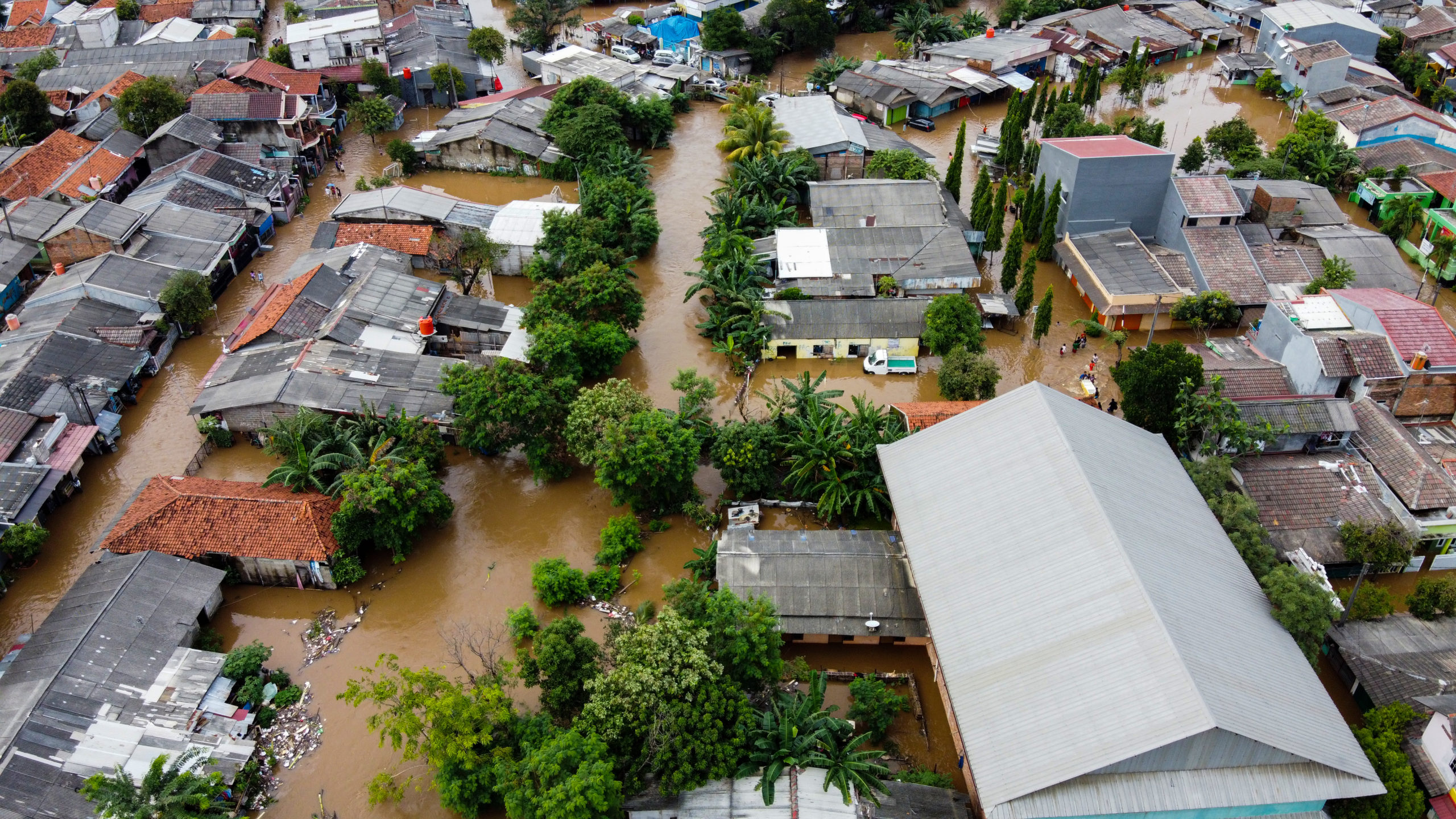An interview with Anna Bradley, Mining Engineer, at Badger Mining
Badger Mining Corporation produces high quality industrial silica sand products, operating from facilities in Wisconsin and Texas. Badger Mining is recognized for being environmentally responsible, community-oriented, and one of the best small companies to work for in America. Anna Bradley earned her degree in Mining Engineering from Montana Tech and is a Mining Engineer at Badger Mining.
We talked with Anna about her work in mining with Kespry.
Anna: I’m a Mining Engineer at Badger Mining. We have three sand mines in Wisconsin, and we are using the drone at all three sites. Our company started looking into drones because the way that we were surveying wasn’t the most efficient, safest, or the most accurate. We came across Kespry through all of our drone research. Kespry seemed to be the best option and so far it’s worked out really well.
What is exciting for you about working with the Kespry System?
Anna: The opportunities are endless! The Kespry Drone and Cloud have made processes that took all day, literally take minutes. The drone not only saves us time, but promotes safety and accuracy. Both the drone and cloud are simple, user-friendly, and an asset to completing my work!
How would you measure inventory management before?
Anna: At our Taylor site alone, we currently have 14 stockpiles. We have towers that range from 90 to 115 feet tall and the sand comes out the top and forms into a cone shape. Sometimes it stays cone shaped, sometimes we put dozers or backhoes on top of the piles to push them out in order to put more sand on the stockpile. Before Kespry, we would take our GPS rod and walk the base of the pile, then work our way up and around to try and get enough points to get an accurate volume estimate. We’re talking a couple hundred points versus the hundreds of thousands of points the drone can capture in a fraction of the time.
You mentioned that Kespry helps promote safety at Badger Mining. Can you share an example?
Anna: When we survey with our GPS, we walk around the base of the pile and work our way up while carrying the GPS rod. There are several dangers present with this process, whether it be sand sloughing away beneath you, the piles being frozen in the early spring or late fall, or sand falling on you from the top of the towers. The drone eliminates all of these hazards.
How often do you update inventory?
Anna: We survey monthly for inventory during our mining season. Using the drone saves so much time. The traditional GPS method at our Taylor plant takes three associates eight hours per survey, eight times a year. Alma Center takes two associates three hours, eight times a year. Fairwater takes two associates three hours, four times a year. All of these totaling 264 man hours. However, with the drone, two associates can do all three sites in one day now! The total flight time for the entire year with two associates is just under 15 hours — quite the difference!
Who inside Badger is using the information that you are providing with the Kespry Drone?
Anna: Everyone. We have a wash team, dry team, rail team, mine team, sales team, etc. It goes to all of them. Everyone knows what volumes of what grades of sand we have for inventory on a monthly basis.
Do you use your Kespry system to prepare inventory management for winter shutdown?
Anna: When we shut down for the winter, we stop mining and washing but continue drying and shipping our sand, running off our stockpiles. We survey beforehand to know how much we have in all the piles and what we have stockpiled and what we have ready to go for the winter. The sales team knows how much sand they can sell to the customers, and the mine, wash, and dry team know how much of a push we will be at for more sand at start-up based on this inventory information from the drone.
What kind of projects do you use Kespry for during the production shut down?
Anna: When we’re down in those winter months, it’s a lot of maintenance, getting ready for the next season. There’s a lot of preparation. I use the drone for a lot of mine planning. It’s nice to have the updated photos of what the area looks like, to be able to have the Kespry tools to compare volumes quickly for different mining areas, and how much we can expect out of those areas.
How else are you using Kespry for mine planning?
Anna: I’ve been using Kespry a lot for my reclamation designs. I can export Kespry data out of the cloud and into AutoCAD and Carlson and then build designs off of them. One of our reclamation sites right now is filling in a hole with sand that’s not currently marketable. We’ve been flying that once a week or every couple weeks so we can track how much volume we’ve put in there. In the future, we know what grade we put where because we keep track of that as well with the photos. So if we do need to go back and mine it, we know what is in the pile and where everything’s located and where we put overburden on top of it to find our material. This information will be very helpful in the future.
You can take photos, but you’re not going to get the volumes you do with the drone data. Right now we’re mining out one of our reclaim areas because that sand is what the market’s calling for right now. This area was originally mined in the early 2000’s. I have the mine plans from back then, but only the contours. I can overlay our photos from Kespry on top of those contours to see where the high walls were at that point, because no one really remembers exactly where what was.
Is Badger Mining using Kespry for permitting?
Anna: Our environmental team does use the information for permitting. I’ve given them access to every site we’ve flown. In six months, we’ve flown 29 different sites and we’ve had 119 different missions so far.
What do you love about your job?
Anna: The people I work with are amazing! I love that I get to spend time out in the mine as well as time in the office. It’s also pretty great to be able to see the work I do in the office come to life out in the mine. I also love that I get to research and try new technology through work including flying drones! The Kespry System saves us so much time. The Kespry features today are impressive. I’m excited to see how the technology will continue to advance.



